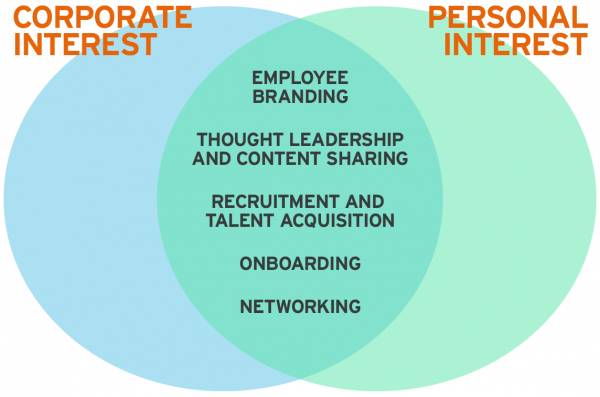AI is transforming the way we handle many work-related tasks and the HR strategy is not an exeption to this. Employee portraits are not merely decorative elements on a website, in email signatures, or HR platforms; they serve as invaluable tools for building and strengthening business relationships and internal culture. For companies utilizing employee portraits, establishing a policy for their use, including defining the frequency of updates due to the importance of GDPR, is imperative to ensure that outdated images are not inadvertently used.
Presenting employees is building trust
Employee portraits are the gateway to a company’s professional image. They reflect an aura of organization and care, providing customers and stakeholders with the impression that the company is dedicated to presenting itself in an orderly manner. This is critical for making a first impression that says, “we are professional and reliable.”
However, it’s not just about professionalism. Portraits are also a means of expressing a company’s culture and values. They can showcase the diversity within the workforce or highlight the qualities of employees that the company wishes to emphasize. This creates an identity and connects employees with the company’s mission and values.
Effective employee presentation entails:
- Trust and relationships: Through these portraits, customers and stakeholders can see the faces behind the company, building trust and personal connections. This positively impacts customer relationships and business connections.
- Branding and culture: These images can express a company’s culture and values, showcasing diversity or emphasizing specific employee qualities.
- Employee engagement: Inclusion of employee portraits in company documents and websites can enhance employee engagement, making them feel valued and recognized by the company.
Identifying employees is security
In addition to presentation, employee portraits play a vital role in employee identification. In industries where security and access control are crucial, these photos are essential for ensuring easy and precise identification at the workplace.
Moreover, identification make it easier for employees to recognize each other, fostering efficient communication and collaboration. They save time and resources by helping colleagues and customers identify the right person to contact.
Identifying employees offers numerous advantages:
- Security: Identification photos are indispensable in industries where security is paramount, making it easier to identify employees accurately at the workplace.
- Access control: In large organizations or areas with restricted access, identification photos are necessary to control and monitor access to specific areas.
- Efficient communication: Identification photos make it easier for employees to recognize each other across departments or teams, improving communication and collaboration and help save time by making it easier for colleagues and customers to identify the appropriate contact person.
Regular updates and GDPR compliance
However, having employee portraits is just one part of the equation. To maintain their relevance and accuracy, it’s essential to update them regularly. An image from several years ago no longer reflects the employee’s current appearance, which can lead to confusion and reduced credibility – not to say less security. It is recommended to update portrait pictures every 3-4 years to ensure they remain accurate and up-to-date.
Protection of personal data is critical, especially with the introduction of GDPR (General Data Protection Regulation). Companies must adhere to the law and ensure the privacy of employees. This entails obtaining consent from employees for the use of their images and having an appropriate storage policy for these pictures. GDPR mandates that personal information, including portraits, be securely stored and in compliance with the law. And to minimize handling of these essential criteria, Eikonice offers automation of this entire area.
Automation is the solution
For larger companies with multiple locations, managing and updating portrait photos can be challenging. This is where Eikonice comes into play. Eikonice is a platform that helps companies streamline and simplify the management of portrait pictures. By using Eikonice, companies can easily update and organize portraits across their organization, ensuring GDPR compliance and creating a consistent and professional presentation of their employees.
In today’s digital age, portraits are an integral part of a company’s image and identity. They are not merely decorative; they are powerful tools for building trust, fostering relationships, ensuring security, and enhancing efficiency. By using employee portraits strategically and thoughtfully, companies can create a strong and professional identity that helps them stand out in the competitive business world. Therefore, a comprehensive strategy for the use of portraits should be developed, making the process centralized, rather than the current decentralized and uncoordinated approach present in many companies today.
